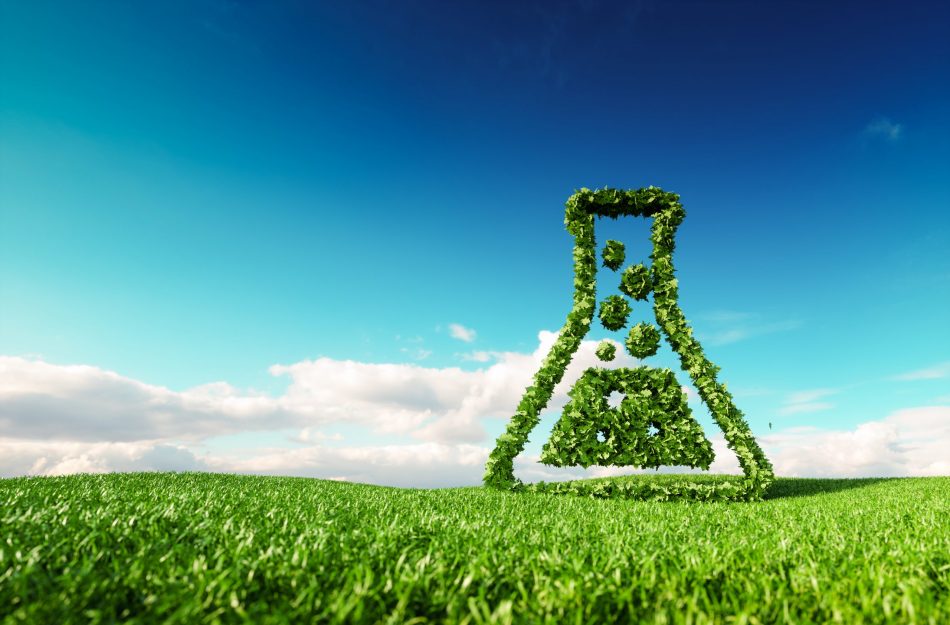Oceans
From tackling marine plastic pollution to coral reef restoration, learn about humanity’s latest efforts to protect ocean habitats and marine wildlife.

This floating neighborhood will protect residents from sea level rise
As urban population density is only expected to increase in the next few decades, coastal cities vulnerable to rising sea levels need to urgently adapt to these changes to safeguard the wellbeing of their residents. That’s exactly what the South Korean city of Busan is planning with the Read More...

Captain Fanplastic teaches young pirates about plastic pollution
“Why do you think pirates are called pirates? Because they ‘aRRRRRe!’” This is the joke that forms the basis of the “Captain Fanplastic” initiative—a primary school program aimed at teaching young children in South Africa and the Netherlands about plastic waste and the “R’s” Read More...

Wild Motherhood: Meet some of the coolest mothers in the animal kingdom
Happy Mother’s Day 2022! They care for us, teach us, and shape our relationship with each other and with the world. For better or worse, each of us owes a lot of who we are to our moms! And as much as we all love to celebrate motherhood on this holiday, there is one mother that is ever-present Read More...

Whales' "grumbles" give a glimpse into their lives
The sea is still largely unexplored and not understood, with a recent study revealing that two-thirds of seafloor life is waiting to be discovered. Even the species that are well studied are still shrouded in mystery and there is lots of work to be done in understanding sea life biology, migration Read More...

The EU is going on a cleanse with the world’s biggest chemical ban
From what we now know, the fact that something is convenient doesn’t at all mean it’s safe. Chemical pollution from everyday products is considered responsible for a host of problems from the endangerment of marine life to declining human fertility rates and many other health Read More...

New jellyfish species named after Monterey Bay Aquarium volunteer
As we explore further into space, we also discover new oddities every day in our own waters. The National Oceanic and Atmospheric Administration (NOAA) says that more than 80 percent of the world’s oceans remain unmapped and undiscovered. Scientists estimate that 91 percent of ocean species have Read More...

Could tidal energy be the new wave of renewables?
Time and tide wait for no man, so the saying goes. Sailors used to have to sail with the inevitable changing of the tides and were subject to the whims of the sea. Now, in Wales, humans will soon use the sea’s reliable indifference to us to generate energy. Construction has begun on the Read More...

This app could put a stop to the illegal hawksbill sea turtle trade
“Beauty comes with a price”—a saying that rings painfully true for the critically endangered hawksbill sea turtle. Among the other numerous problems sea turtles have to worry about (ocean plastic, a warming planet, and habitat encroachment to name a few), humanity’s attraction to the Read More...

Seaweed could supplement our protein and future biofuel
Sometimes, the answers to important questions were right under our noses the whole time… or, in this case, underwater. A Swedish sea farm is growing seaweed in abundance to show how it can become a major food staple and a potential resource for biofuel and plastics. Sea agriculture At Read More...

Attention eco-minded parents! These baby shoes are 100% dissolvable
As many parents will tell you, when you have a baby, it can be difficult to be sustainable every step of the way, especially since babies outgrow their clothing so quickly. Well, eco-friendly children’s shoe brand Woolybubs has come up with an ingenious solution to shrink the environmental Read More...


